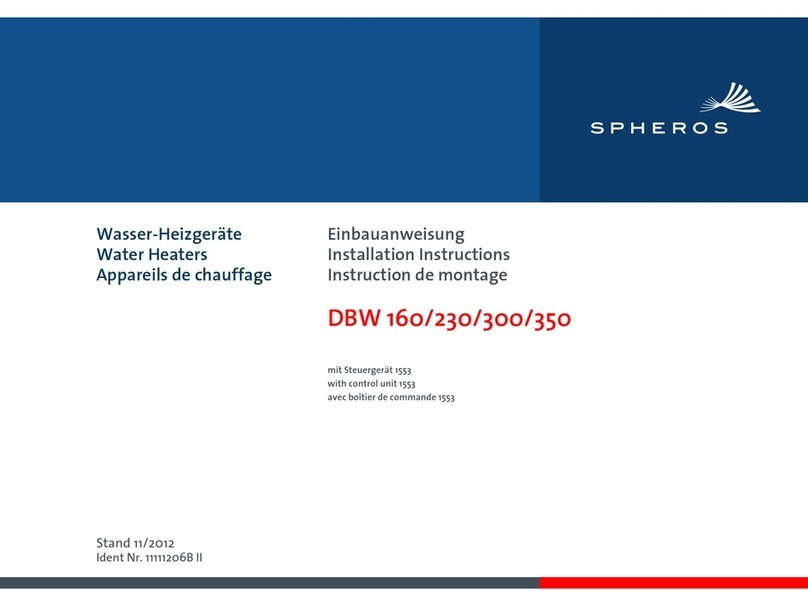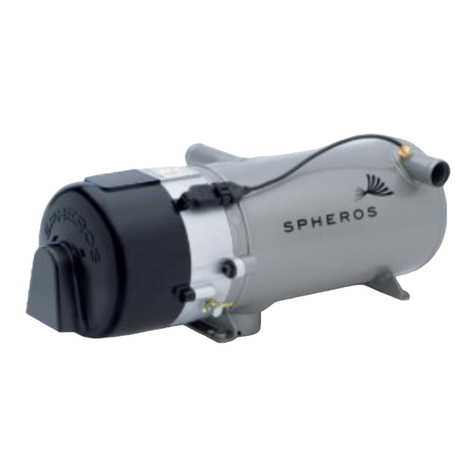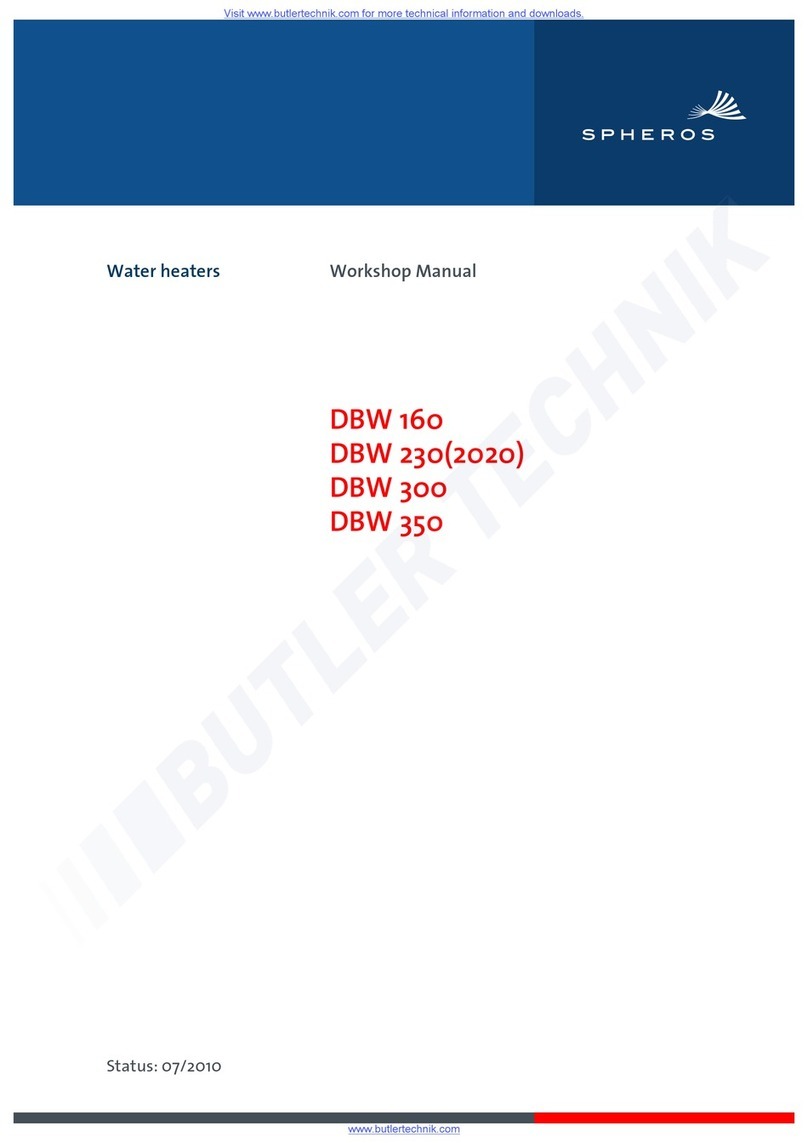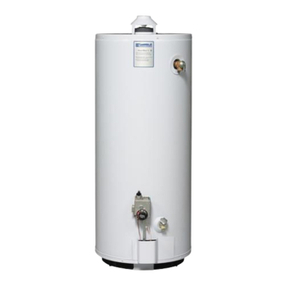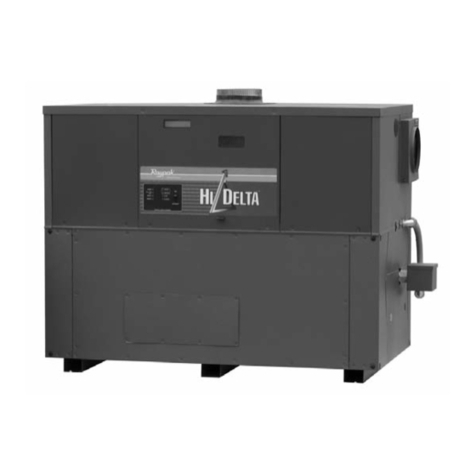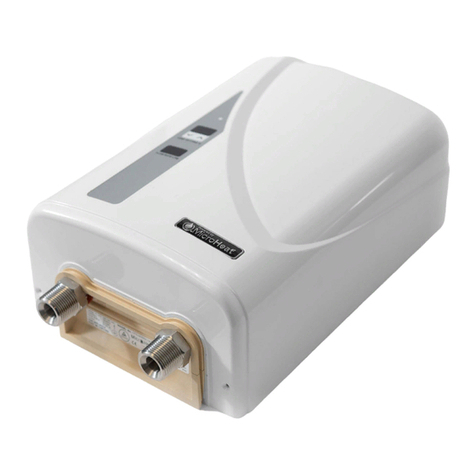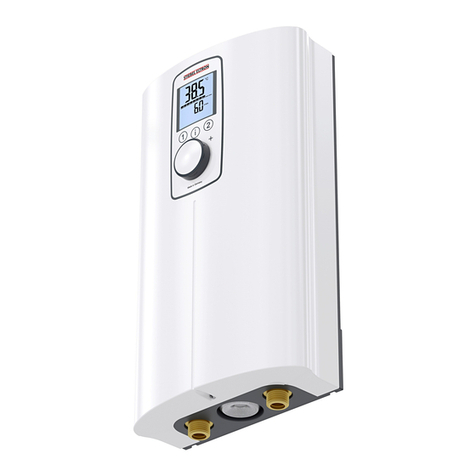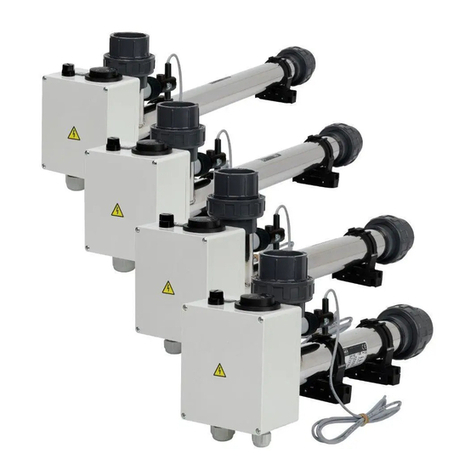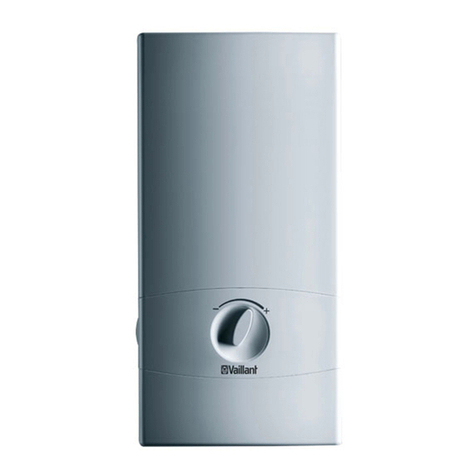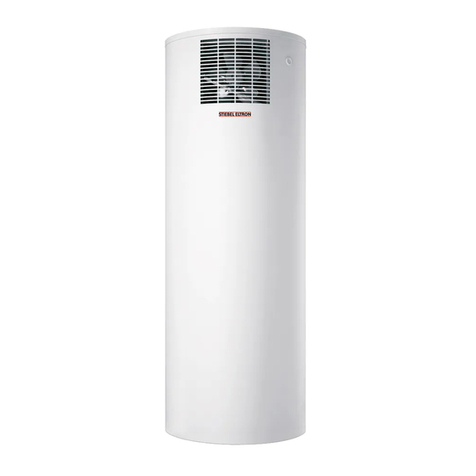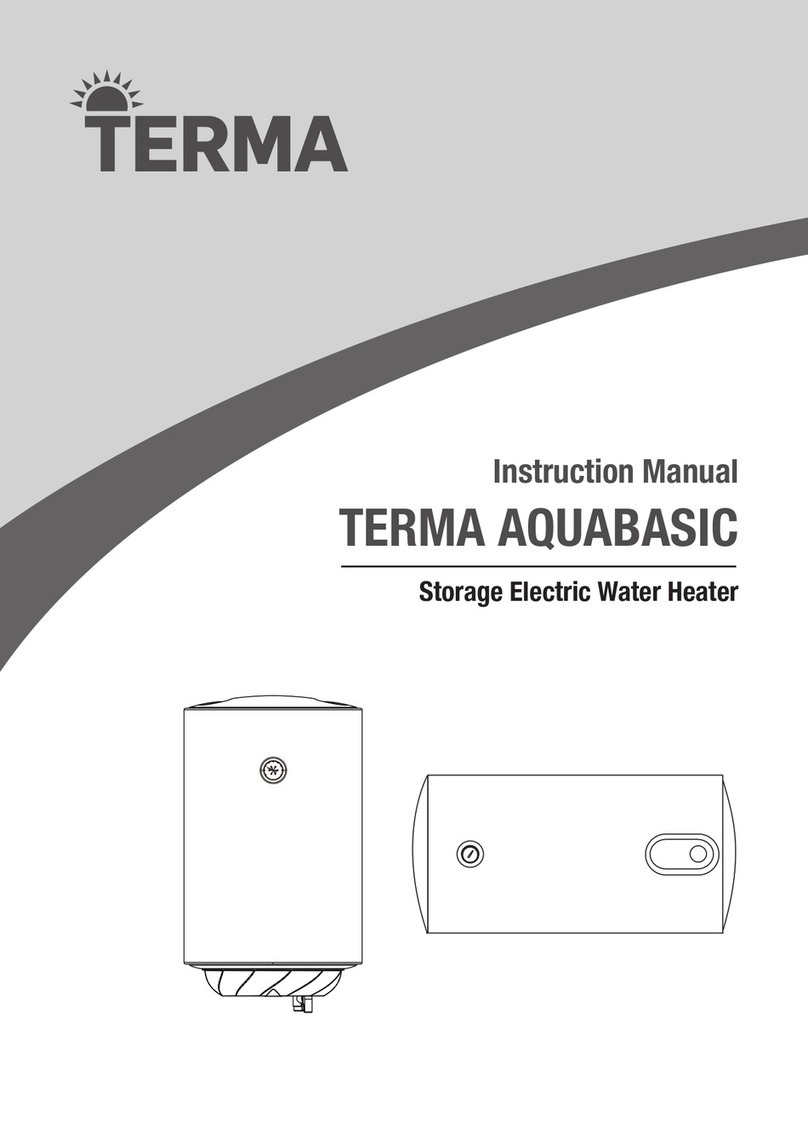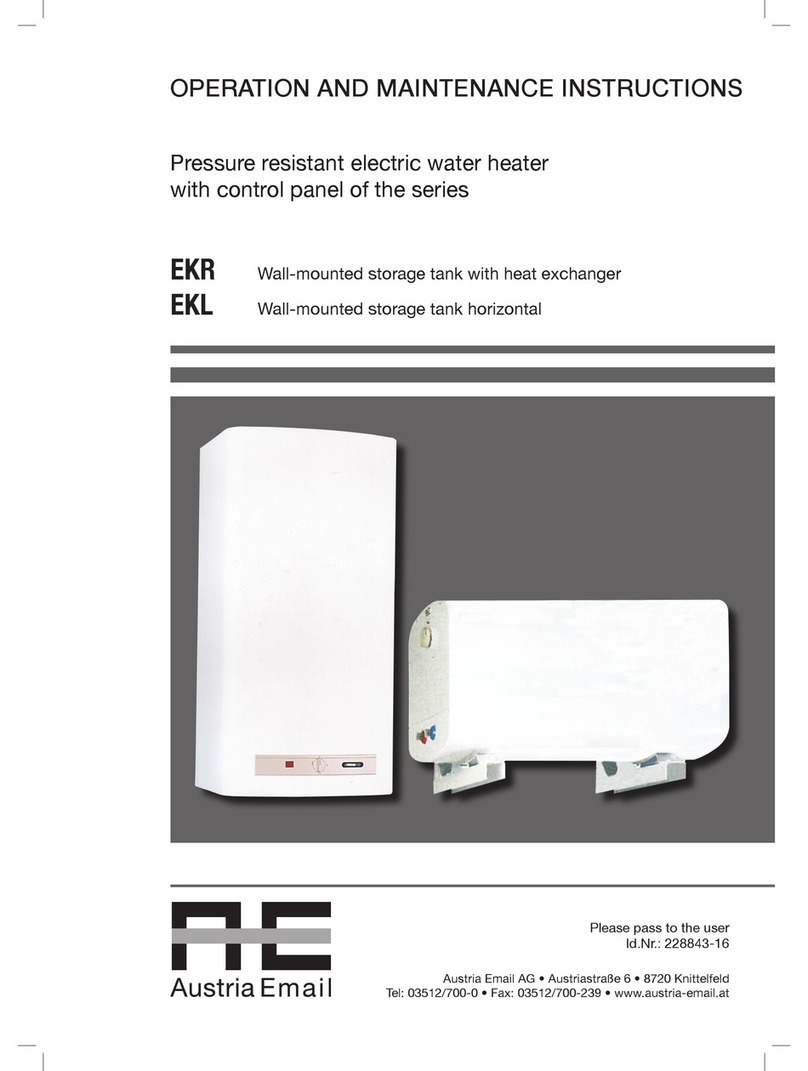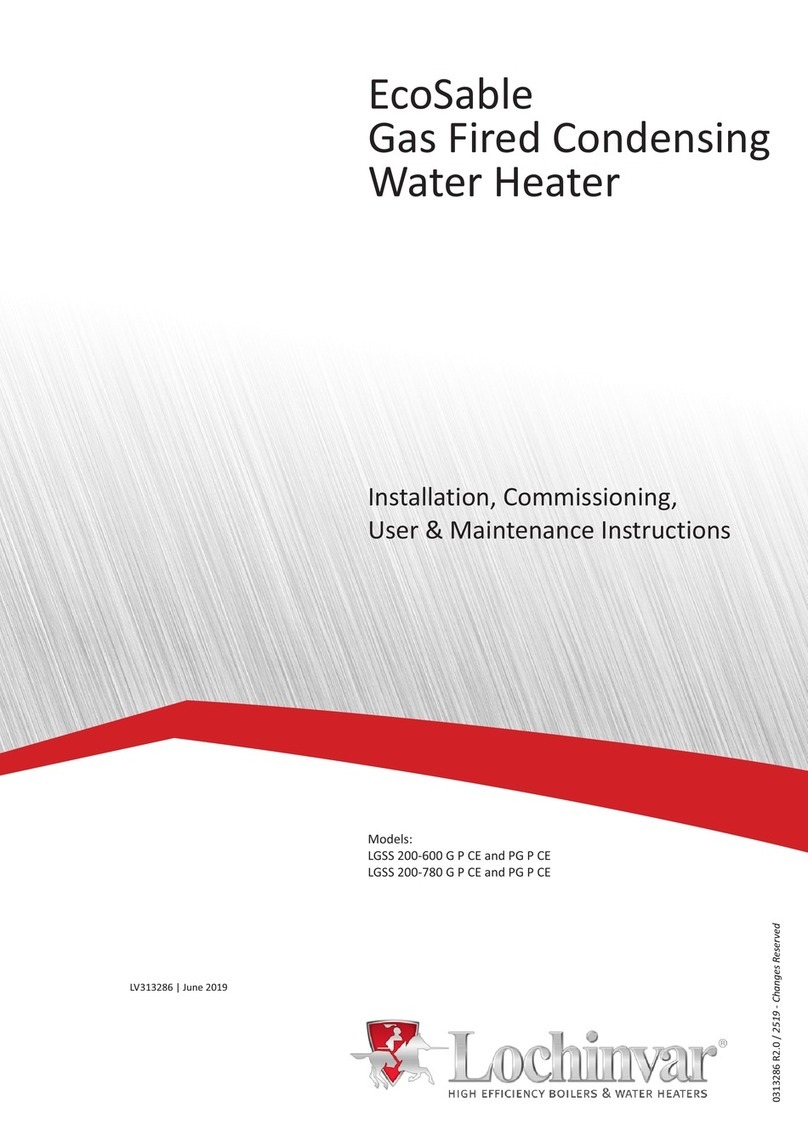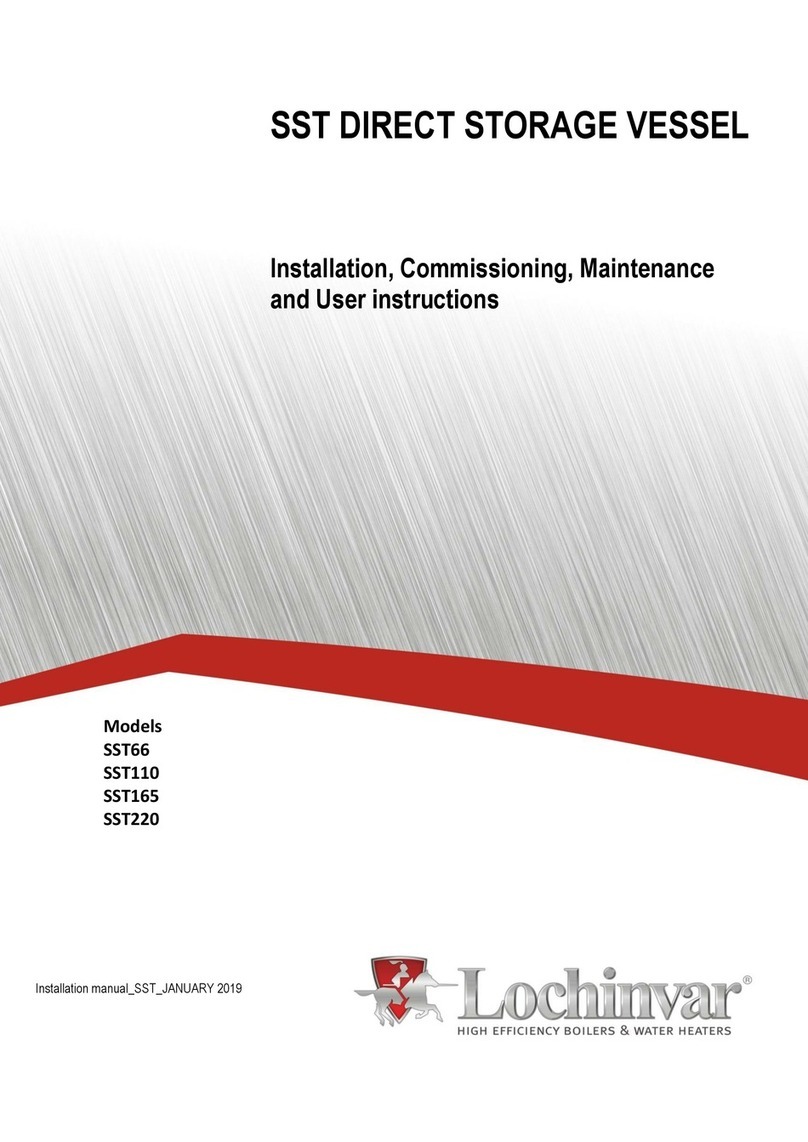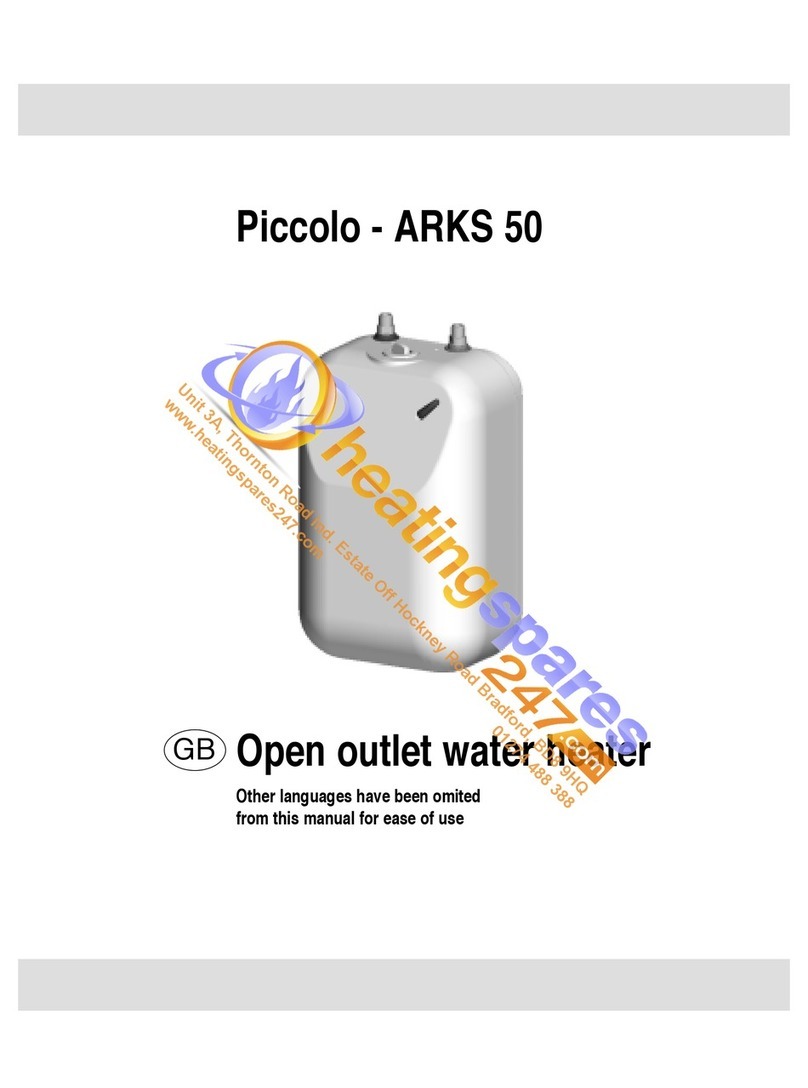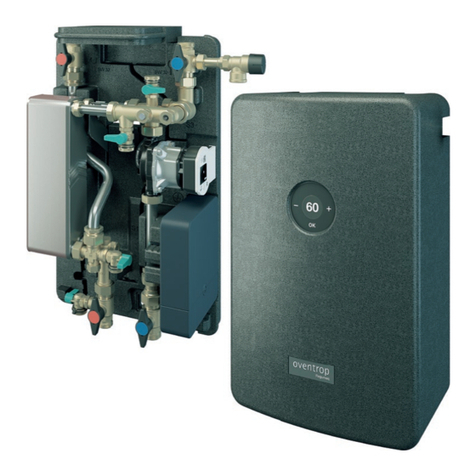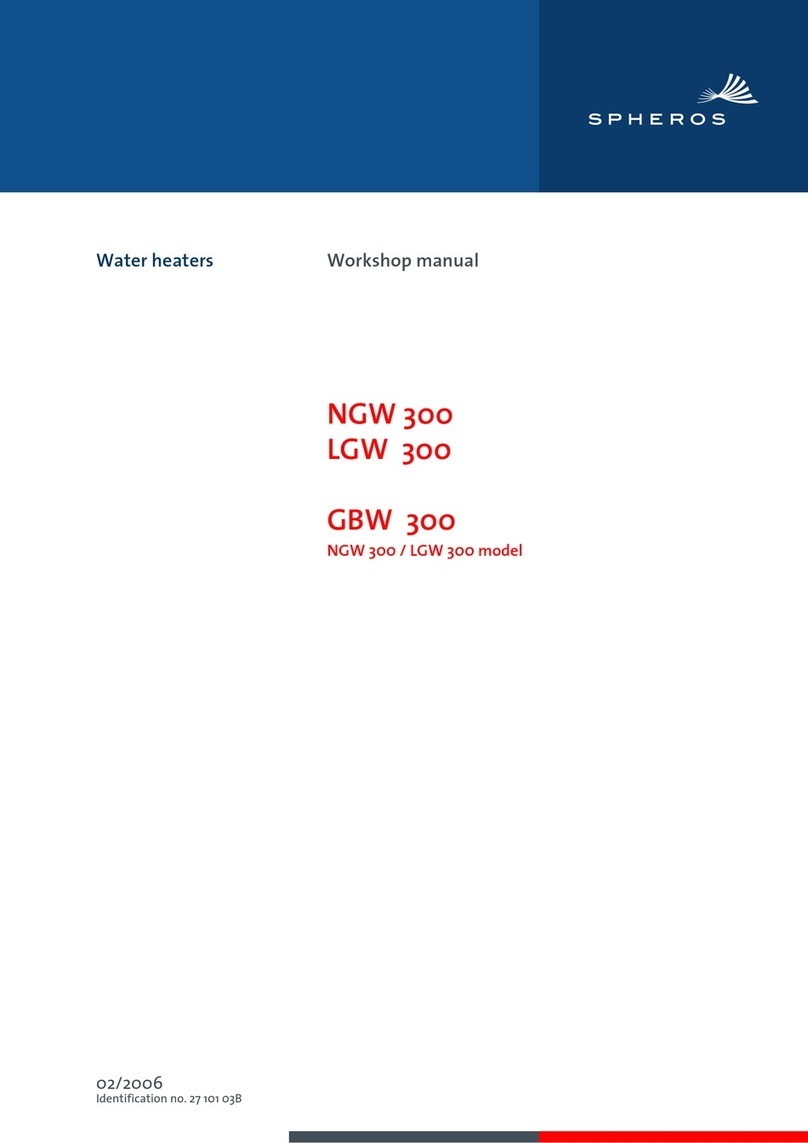1 Introduction Thermo E 200 / 320
102
The year of first start-up must be permanently marked on
the type plate by removal of not applicable dates.
The heaters are registered and licensed for the use in
vehicles according to the respective EU Directive 2007/46
(e.g. 2001/56/EC). When using the heater for other appli-
cations not subjected to this EU Directive (e.g. ships),
respective applicable regulations must be fulfilled.
ATTENTION
The heaters are not approved for vehicles subjected
to Directive 94/55/EC (ADR, TRS) or rail applications.
The heater may only be installed in the driver's cab or
passenger compartment, if an installation box is used,
which can be tightly sealed vs. the vehicle interior. The
installation box must be sufficiently vented from the
outside.
If the temperature within the installation box exceeds the
permissible ambient temperature of the heater, the
venting opening must be increased after consultation with
Spheros.
ATTENTION
Prior to opening the heater it must be disconnected
from the vehicle electrical system.
NOTE
The heater should always be disconnected from the
vehicle electrical system prior to disconnecting the
temperature sensor plug.
If this order is reversed, the heater will automatically
be interlocked.
Prior to removing the burner from the heat exchanger,
the temperature sensor plug must be removed.
ATTENTION
A temperature of 85°C may not be exceeded in the
heater areas (max. operating temperature).
Exceeding this temperature may cause heater mal-
functions and permanent damage to the electronics.
Electrical cables must be routed avoiding isolation
damage (e.g. by pinching, heat development, bend-
ing, fraying, etc.).
CAUTION
For risk of poisoning and suffocation the heater may
not be used in closed rooms such as garages or work-
shops without exhaust fume extraction. This also
applies when pre-set times/timers are used. This also
applies for burner operation during adjustment of the
CO2content in the exhaust fumes.
The heater may not be operated close to inflammable
materials such as dry grass and leaves, cartons,
paper etc.
If the heater is operated without coolant (overheat-
ing), the outer shell of the heater may reach a temper-
ature equalling the ignition temperature of diesel fuel!
Any dripping or evaporating fuel must neither collect
nor be ignited by hot components or electrical equip-
ment. To prevent this, if necessary, a drip pan with
defined drain holes is to be installed in the area below
the interface burner housing/fuel line connectors/
heat exchanger.
At petrol stations and other fuel filling facilities the
heater must be switched off due to the explosion
hazard. An appropriate self-adhesive label is to be
affixed next to the filler neck.
For explosion risk the heater must be switched off,
when combustible fumes or dust can be generated
(e.g. in the proximity of fuel, coal, wood dust, grain
storage/silos or similar).
ATTENTION
The heaters may only be installed in horizontal posi-
tion. (see Installation instruction).
The heater should be installed as low as possible to
ensure automatic venting of heater and circulating pump.
This in particular applies for the non-self-priming circu-
lating pump.
After coolant replacement sufficient purging of the cooling
system must be ensured. Insufficient venting during
heating operation can cause malfunctions due to over-
heating.
Proper venting can be recognized by almost noise-free
operation of the circulating pump.
The opening pressure in the vehicle cooling system,
usually indicated on the cooler lid, may not exceed 2.0 bar
working overpressure (also applies to separate heating
circulations).
Hose connections must be secured with hose clamps
against slipping.
ATTENTION
The tightening torques of the used hose clamps must
be observed.




















